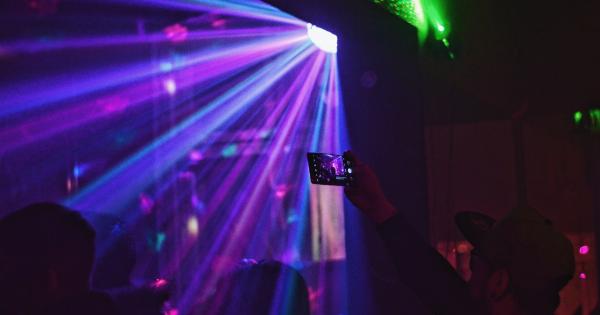Concerts can be an amazing experience. Fans flock to see their favorite performers come alive on stage, singing and playing their hearts out.
With high energy performances, dazzling visuals and the excitement of being part of a massive crowd, it’s easy to get swept away in the moment. However, it’s important to take a closer look at the potential dangers of concerts, with a particular focus on concert lighting and its possible link to epileptic seizures.
What is Epilepsy?
Firstly, it’s important to understand what epilepsy is. Epilepsy is a neurological disorder that causes seizures. A seizure occurs when there is a sudden burst of electrical activity in the brain, which can trigger various physical and emotional symptoms.
There are many different types of seizures, each with their own set of symptoms and triggers. Epilepsy can affect people of all ages, genders, and ethnicities and is estimated to affect around 50 million people worldwide.
What is Concert Lighting?
Now, let’s take a closer look at concert lighting. Most concerts use a variety of lighting effects, including strobes, flashing lights, lasers, and bright, moving spotlights.
These lights are used to enhance the performance, create atmosphere and add visual interest for the audience. In most cases, concert lighting is considered a positive aspect of the concert experience, but for some people, it can be a trigger for seizures.
The Link Between Concert Lighting and Epilepsy
For some people with epilepsy, exposure to flashing or flickering lights can be a trigger for seizures. This is known as photosensitive epilepsy.
According to the Epilepsy Foundation, it is estimated that around 3% of people with epilepsy are photosensitive. There is no way to predict who will be photosensitive and who will not, and it is not related to the severity or type of epilepsy.
Symptoms of Photosensitive Epilepsy
Photosensitive epilepsy can cause various symptoms, depending on the individual. Some people may experience a full-blown seizure, while others may only have visual symptoms, such as flashing lights, wavy lines or spots.
Common symptoms of photosensitive epilepsy include:.
- Loss of awareness or consciousness
- Staring spells
- Muscle spasms or jerking
- Visual disturbances
- Nausea or vomiting
Precautions Concert Venues Can Take
Concert venues have a responsibility to ensure that their lighting does not pose a risk to their audience. The Epilepsy Foundation recommends that concert venues take the following precautions:.
- Avoid the use of strobe lights or flashing lights above 3 hertz (flashes per second) as these are more likely to cause seizures in people with photosensitive epilepsy
- Ensure that lighting effects are not aimed directly at the audience
- Provide warnings to the audience about the use of strobe or flashing lights
- Allow people with epilepsy to sit near an exit so they can leave the venue quickly if needed
Can Concert Lighting Cause Permanent Damage?
It is rare for concert lighting to cause permanent damage to someone with epilepsy. However, repeated or prolonged exposure to flashing or flickering lights can be dangerous.
It is important for people with epilepsy to be aware of their triggers and to take steps to avoid potential risks. If you have epilepsy, it’s important to talk to your healthcare provider about any possible triggers and to have a plan in place in case of a seizure.
Conclusion
While concert lighting is an integral part of the concert experience, it’s important to understand its potential dangers.
Photosensitive epilepsy affects a small percentage of people with epilepsy, but concert venues have a responsibility to ensure that their lighting does not pose a risk to their audience. Awareness and precautions can go a long way in ensuring that concerts are safe and enjoyable for everyone.































